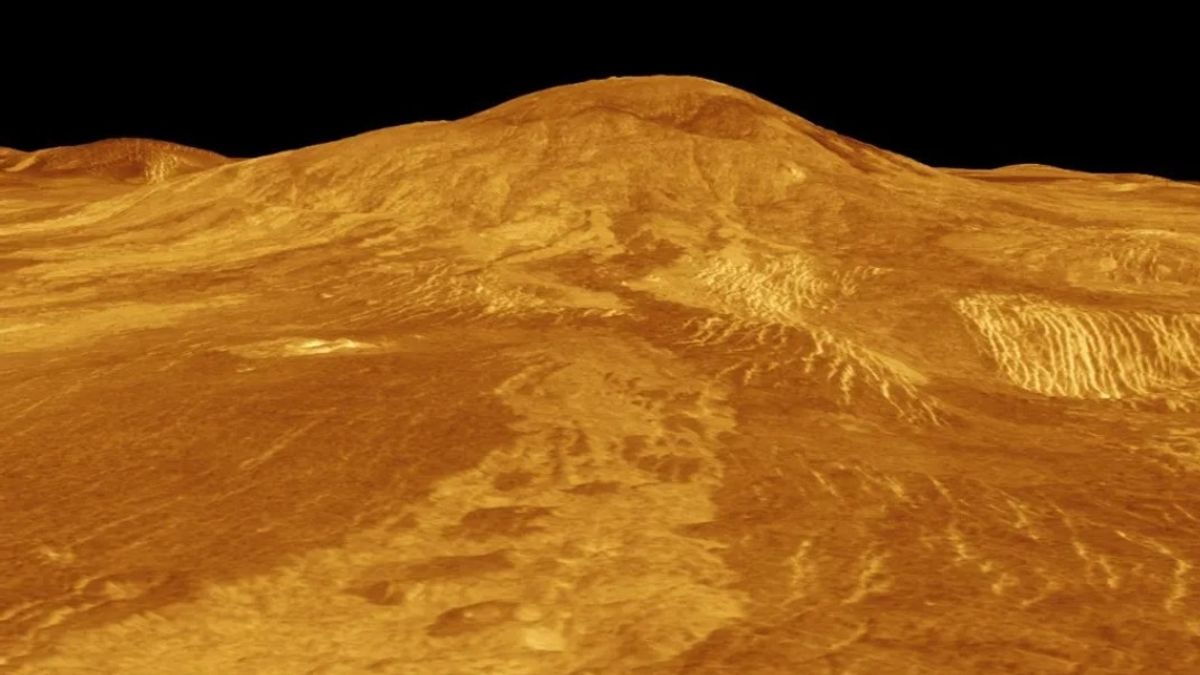JAKARTA Scientists are re-examined the volcanic activity on Venus for the second time. From the latest observations, it was found that changes to the surface of Venus are related to volcanic activity. From 1990 to 1992, NASA's Jet Propulsion Laboratory (JPL) operated Venus Radar Maper or Magellan radar to observe Venus. So far, the data obtained by Magellan is the most detailed information regarding Venus. Therefore, a group of scientists from Italy still used Magellan to observe the planet. Delivered by Davide Sulcanese, one of the researchers, he and his colleagues managed to find lava flow and decided to analyze it. "By analyzing the lava flow we observed at two locations on the planet, we found that volcanic activity on Venus may be comparable to activity on Earth," Sulcanese said, quoted from NASA's blog. Sulcanese and its colleagues observed the return decay or reflection of the Magellan plane radar signal. They analyzed the data from the Sif Mons volcano located in two locations, namely the Eistla Regio and the western part of the Niobe Committee. The researchers found that radar signals were rising on a specific path and this change led to the formation of new rocks. These rocks are believed to have formed from solidized lava and originated from volcanic activity during Magellan observing Venus. To ensure the existence of such new rocks, the researchers analyzed Magellan allymmetry data to find barriers in lava flows. However, the data found still suggest that these rocks formed from the latest lava flow.
SEE ALSO:
Marco Mastrogioppe, Sulcanese's colleague, stated that the interpretation of this signal looks like a flow in the form of a liquid along a slope or volcanic plateau. "We ensure our best interpretation is that this is a new lava flow." After comparing with the Earth, new rocks around Sif Mons are expected to have an average depth of 3 to 20 meters. The eruption of this mountain is also estimated to reach 30 square kilometers or equivalent to 36,000 swimming pools for the Olympics. These findings suggest that Mount Sif Mons was active when observed by Magellan a few years ago. The results of this study have also greatly helped NASA's JPL in targeting its next location to observe Venus' surface.
The English, Chinese, Japanese, Arabic, and French versions are automatically generated by the AI. So there may still be inaccuracies in translating, please always see Indonesian as our main language. (system supported by DigitalSiber.id)


















